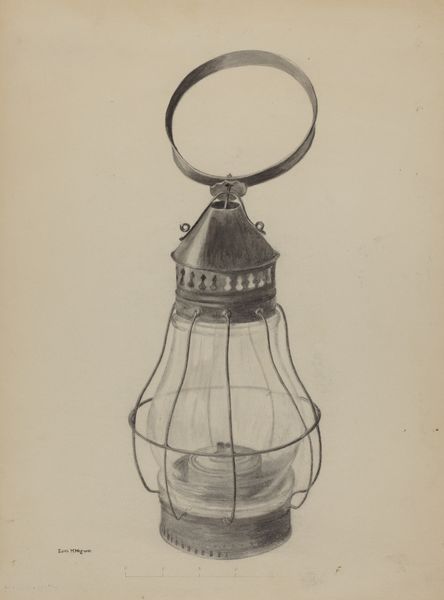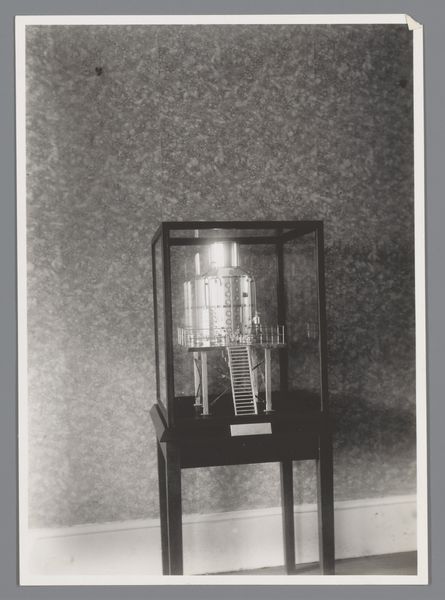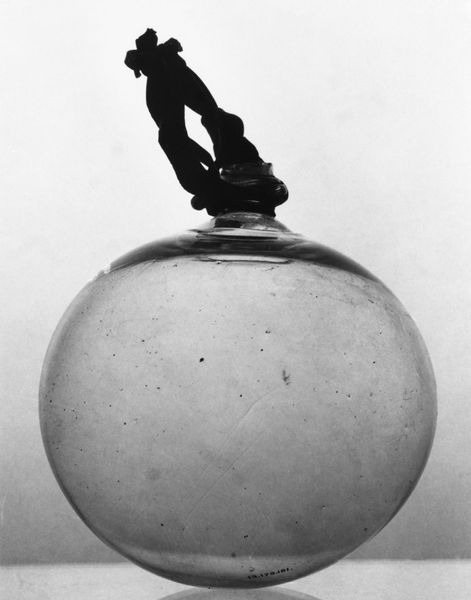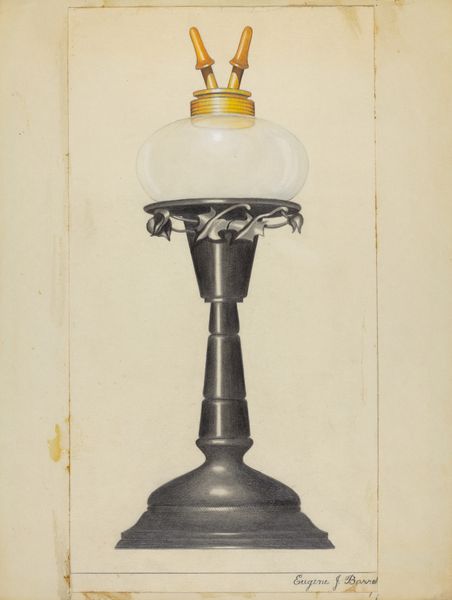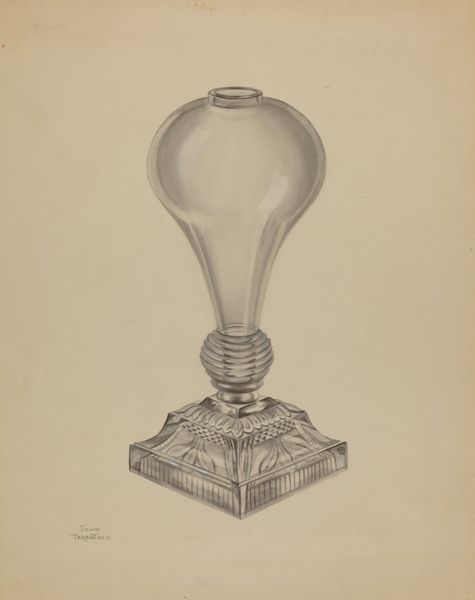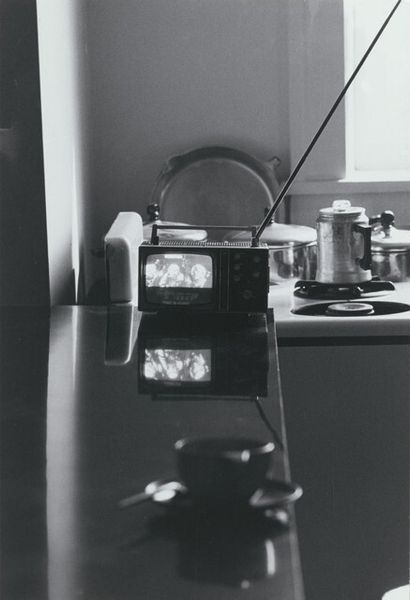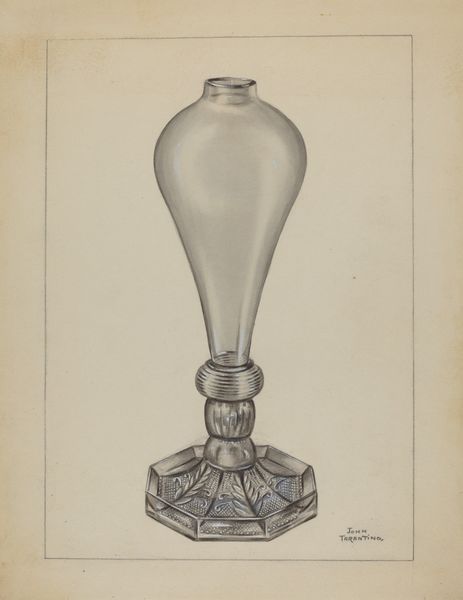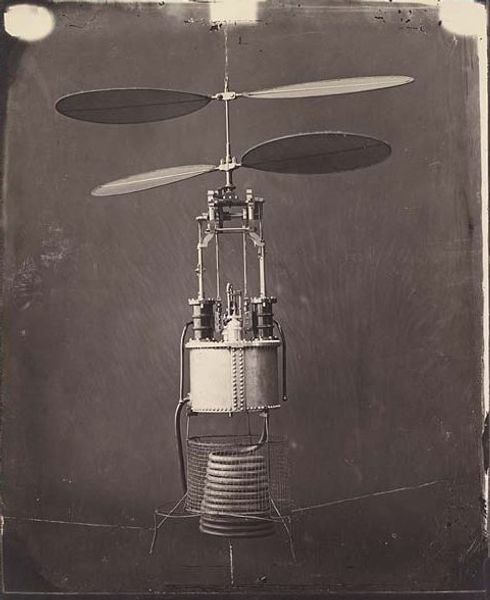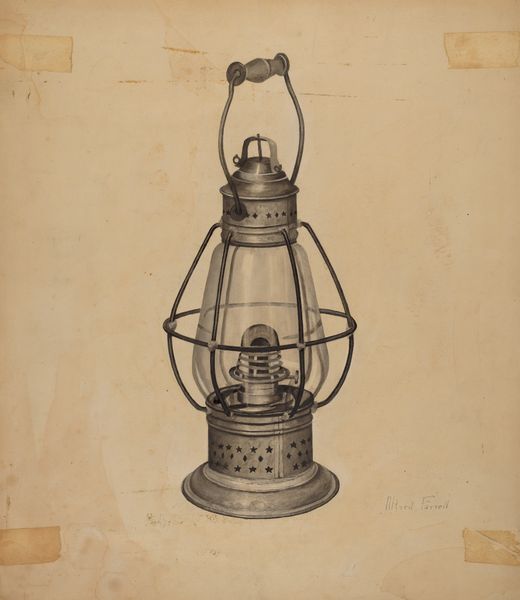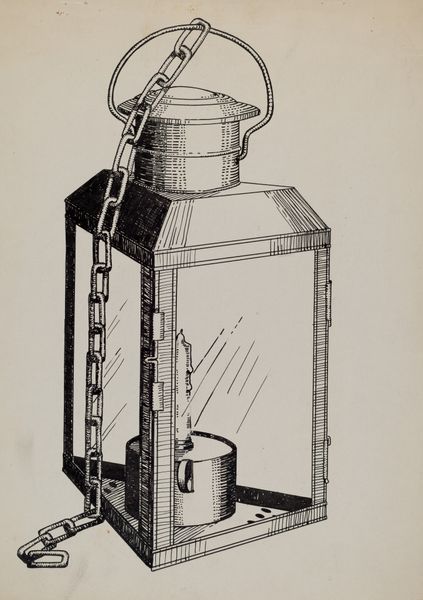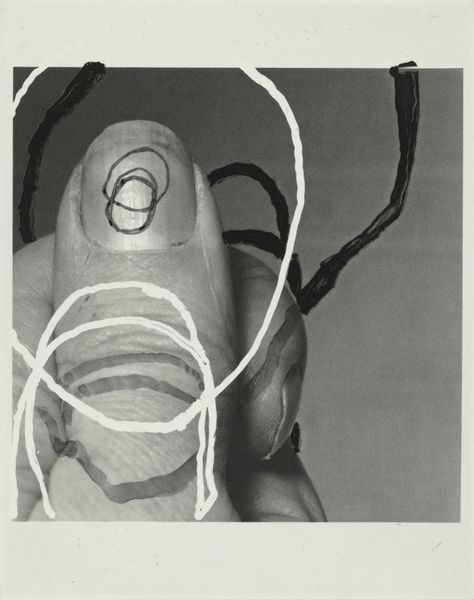
photography
#
precisionism
#
still-life-photography
#
form
#
photography
#
black and white theme
#
black and white
#
line
#
modernism
Dimensions: image/sheet: 35 × 24.13 cm (13 3/4 × 9 1/2 in.)
Copyright: National Gallery of Art: CC0 1.0
Curator: This photograph by Hans Finsler, taken around 1928, is titled "Osram Light Bulbs." It's a black and white photograph, quite striking in its simplicity. What are your first thoughts? Editor: There’s a cold beauty to it, almost clinical. The hard edges of the bulb, the stark contrast of light and shadow – it evokes a sense of industrial efficiency, of a world increasingly dominated by manufactured objects. Curator: Finsler was part of the New Objectivity movement. Here, he isolates the light bulb, elevating it from an everyday object to a study in form. Note the intricate detail he captures – the coiled filament, the smooth glass, the metallic socket. Lightbulbs were symbols of progress, invention… illumination itself! Editor: Absolutely. But I wonder, what kind of progress? The rise of electric lighting also coincides with shifts in labor, extending workdays, and creating new demands on people. The light bulb here isn't just about enlightenment, but about the intensification of modern life. Curator: That’s an interesting perspective. It’s a reminder that technological advancements always have social and economic implications. Yet the OSRAM logo, printed on the glass of the bulb, speaks to a particular cultural moment too, doesn't it? Editor: The logo grounds it. OSRAM, a German company, became a major player during the Weimar Republic. This image speaks to that era, to the rapid industrialization and commercialization happening at the time, even despite its visual simplicity. We cannot ignore how even the aesthetic perfection we see echoes this time's emphasis on industrialization. Curator: Indeed. It speaks to a specific moment in history, capturing a powerful symbol that represented both progress and, as you suggest, a new era of industrial capitalism. Thank you, that was fascinating. Editor: My pleasure. It's so interesting to examine how something as seemingly simple as a photograph of a light bulb can illuminate complex narratives about progress, labor, and the rise of modern society.
Comments
No comments
Be the first to comment and join the conversation on the ultimate creative platform.
